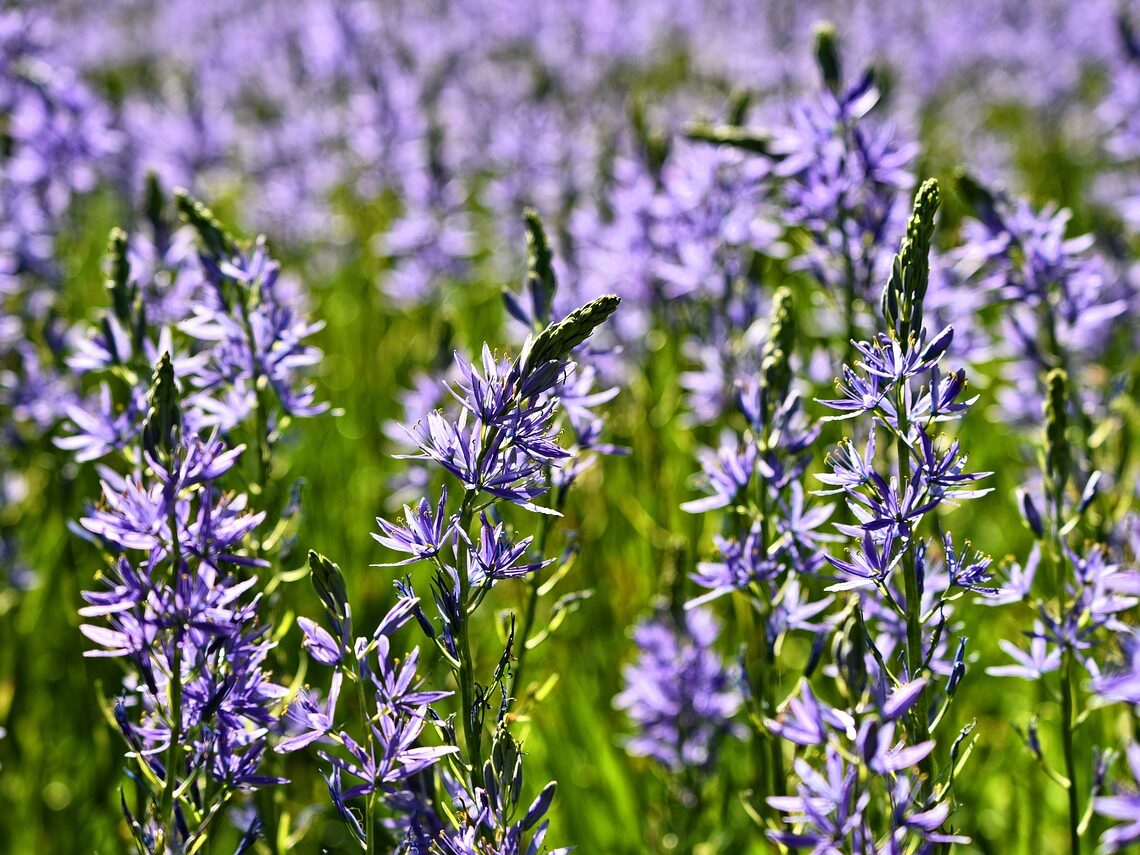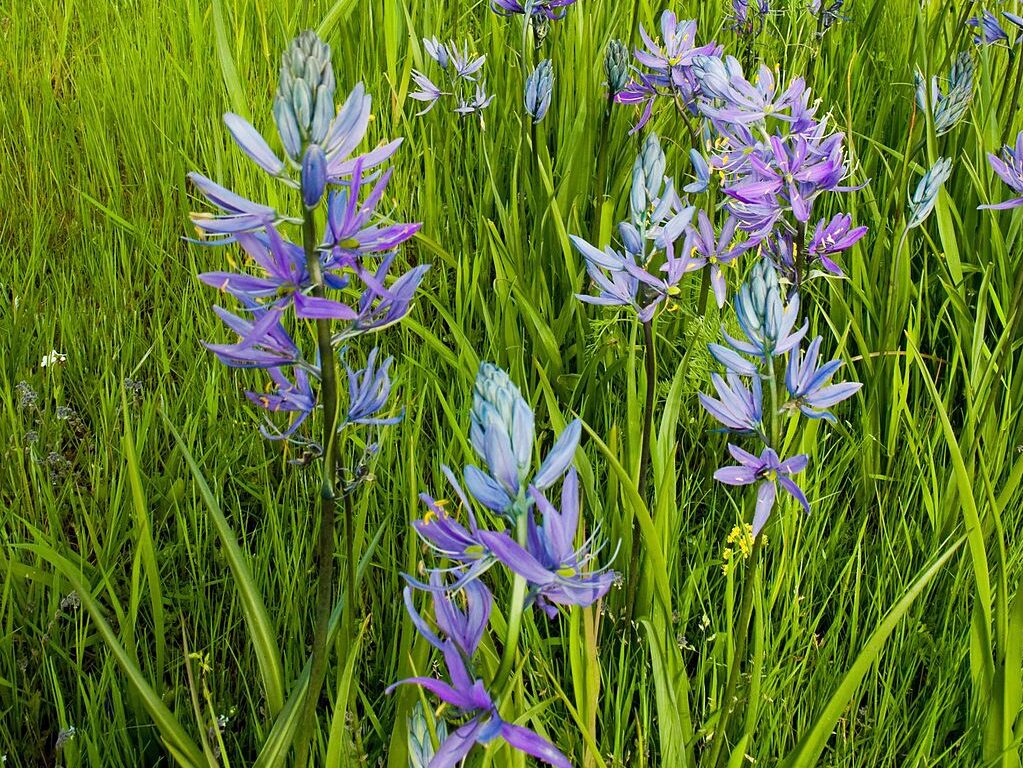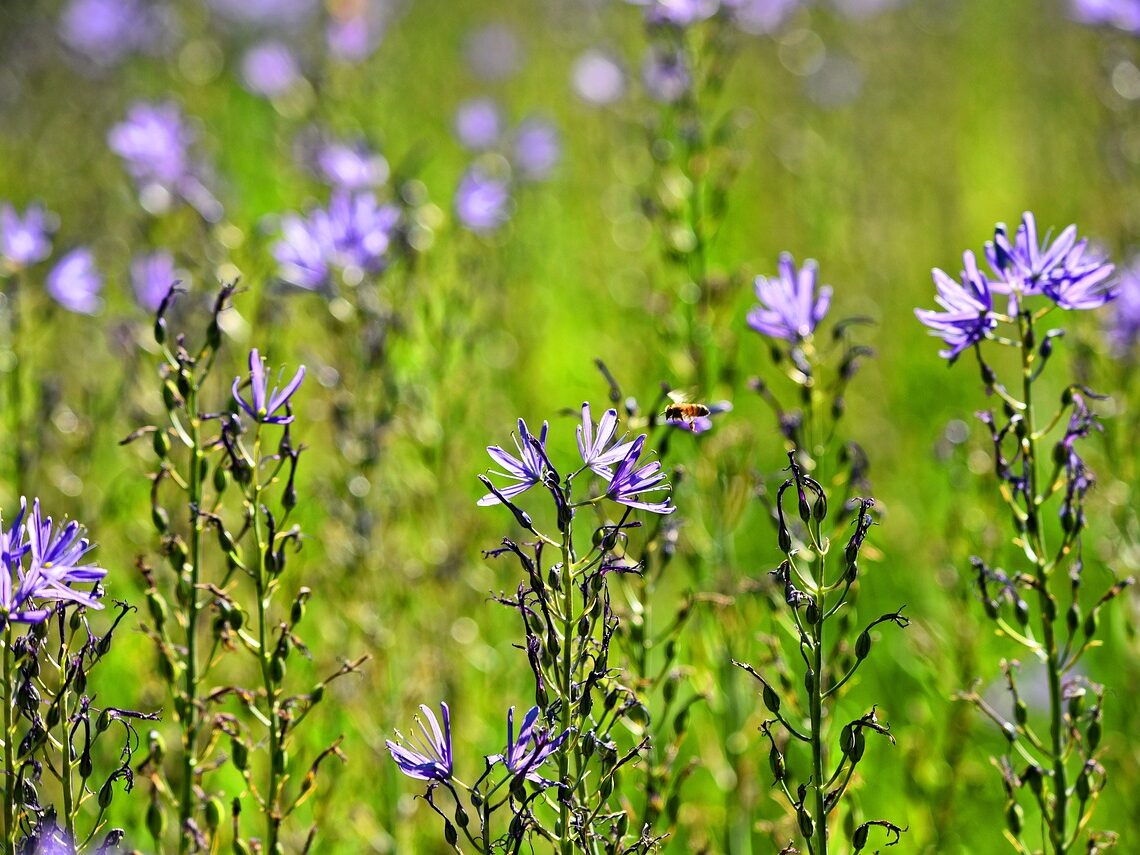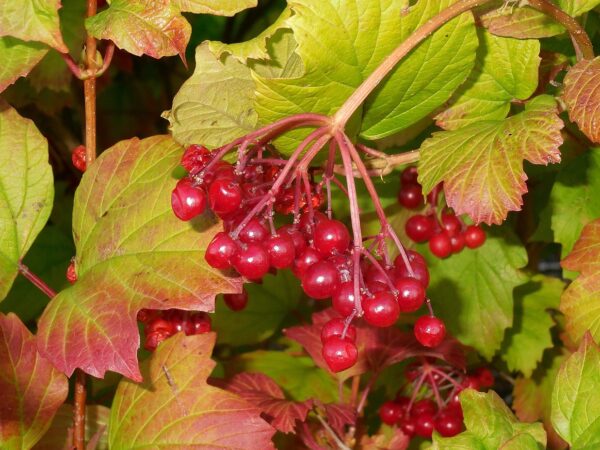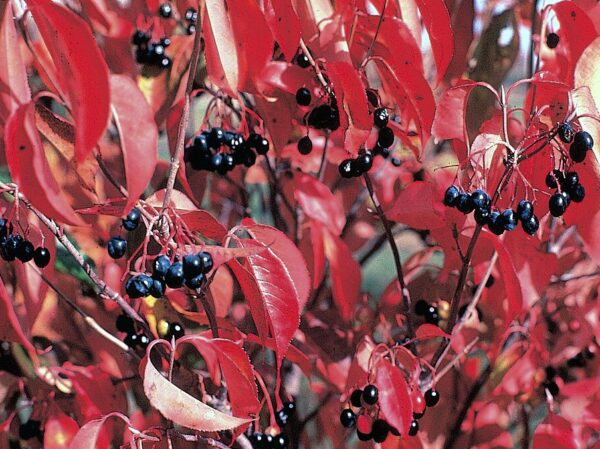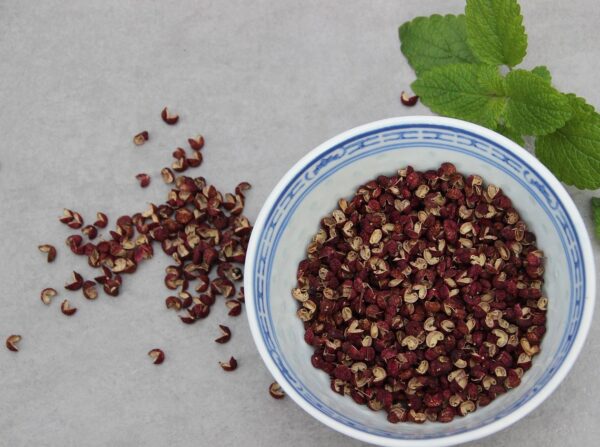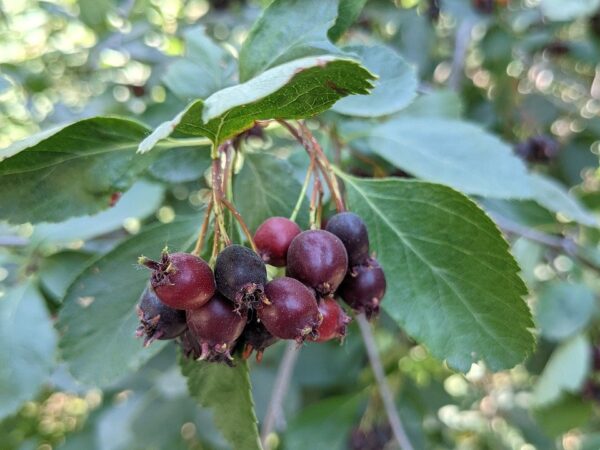Your cart is currently empty!
Additional Info
Everything you need to know about Camassias:
Cold stratifying seeds using the paper towel method:
Articles:
Description
Here’s the truth – I’m always looking for an alternative to a potato. I mean, I’m a human so obviously I love potatoes and while the foliage is lovely, if you’re lucky enough to have a variety that flowers (and produces viable seed) you’re quite lucky. But even when they’re flowering, no one is going to confuse them for landscape plants – now are they? And one of my goals this year has been to bring in aesthetically pleasing sources of food.
Camassia leichtlinii is just that. A tall, graceful bulbous perennial with spires of blue to violet star-shaped flowers in late spring. Native to moist meadows of western North America, it’s both a beautiful garden addition and a traditional food plant.
The bulbs, like Jerusalem artichoke, contain a lot of inulin which is great for the microbiome. But, either you have to introduce it slowly to let your gut bacteria get used to it slowly – lest you personally recall the Jersualem artichoke’s more crude nickname (:::cough:::fartichoke:::cough:::) or you slow-cook it long enough to convert the inulin into simple sugars. When slow-cooked, Camassia develops a sweet, nutty flavour reminiscent of chestnut or caramelised onion. But I mean *SLOW* cooked. Indigenous Americans would cook it in a pit – much like a hangi – for two or three days. In a modern world, I wouldn’t consider growing Camas for food if we didn’t also heat our home with a wood stove in winter. Given that we do, however, it’s easy to achieve low, slow heat for long periods of time without putting any additional effort into it – so why not?
Also, given that they naturalise well in meadows suggests that they’ll hold their own against grasses and other competition. Again, the permaculture buff in me loves getting a food crop that I don’t have to coddle – the less effort the better.
If you live in a cold, wet part of the country, these little suckers can provide both visual intrigue AND a staple food source.
The technical bits –
Plants reach 60–120 cm tall, with strappy foliage and striking flower stalks. They prefer full sun to dappled shade and moist, well-drained soils that stay damp in spring. Hardy to -30°C and well suited to most parts of New Zealand with a proper winter.
Chilling for Flowering:
As a true cold-climate species, Camassia leichtlinii requires winter chill to flower reliably — no special effort is needed in temperate parts of the country.
Germination and Cold Stratification:
Seed requires 3 months of cold, moist stratification (1-5°C). After chilling, sow in cool soil (10-15°C); germination can take several weeks to months. Plants are long-lived but may take 3-5 years from seed to flower.
